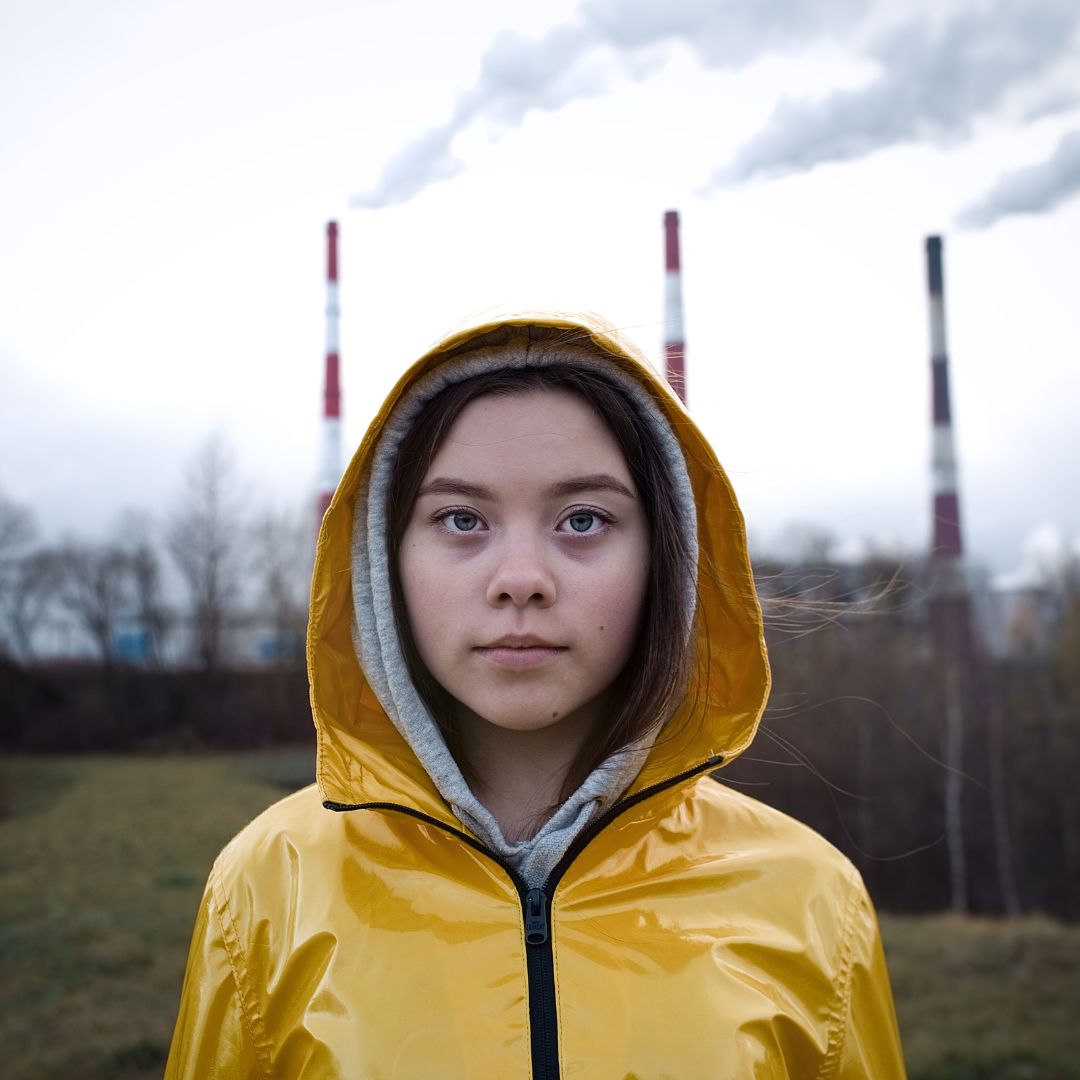Are you feeling worried about the environment?
Do you struggle to get climate change out of your mind?
Do these concerns make you so sad and hopeless that you just give up?
If you’re feeling this way, you might be experiencing “eco-anxiety.” This recent term describes frequent feelings of anxiety or distress about the environment. Stressful feelings can include worries about climate change, pollution, or the loss of habitats and animal species.
Eco-anxiety is not a mental illness. It is a valid and realistic emotional response to climate change and related threats. We experience this anxiety because we care. We understand that we are connected to nature and dependent on it; we know something is wrong.
Eco-anxiety is not necessarily a problem. These feelings can motivate us to protect the planet and ourselves and to work towards a better future. However, if we don’t know how to deal with these feelings, they can become a problem. It’s essential to find ways to cope with our worries effectively so we can take action on them.
What is Anxiety?
Anxiety is like an alarm system in our body. When faced with danger, it tells us to do something to protect ourselves. We call these the fight, flight, and freeze responses.
These reactions are helpful when facing a clear danger, like a bear or a storm. But if the danger isn’t obvious or we feel too anxious, these reactions can worsen things. Over time, this can lead to anxiety getting in the way of life and becoming a problem.


When does eco-anxiety become problematic?
Threats to the environment are especially hard to deal with because:
- They can cause really bad things to happen.
- They happen gradually in different places, and we can’t always predict them.
- The problems are huge, and we can’t fix them on our own.
- There aren’t easy, fast, or guaranteed ways to solve them.
- We’re not sure what will happen in the future.
Feeling alarmed and finding no easy way out of these dangers, our mind can begin to think the anxiety itself is a threat. It may then try to help us control or escape anxiety instead.
Our minds may try to help us by avoiding the issue or looking for quick fixes. For example, when we’re worried about climate change, we might:
- Try to ignore it and hope things get better on their own;
- Spend a lot of time “doom-scrolling” through news and social media to stay alert;
- Put all our energy into trying to be perfect at helping the planet;
- Confront and argue with people who aren’t doing what we think is needed.
These actions might make us feel better for a while, but they don’t solve the problem and can make us feel even worse in the long run. They might take up all our energy. We might get frustrated that our anxiety won’t go away. We might feel powerless and stuck like we can’t do anything to help. This spiral is common for people struggling with anxiety. We try to escape what we fear, but our actions take us further away from what we really want.
It might seem like there’s no way out, but it is important to know that feeling hopeless doesn’t mean things can’t get better. It just means our usual ways of dealing with anxiety aren’t working.
How do we escape this anxiety trap?
In the face of an immense challenge like climate change, how do we find the motivation to take action? The challenge formula, as outlined by therapist Russ Harris, suggests that in any situation that cannot be easily resolved or escaped, we are left with two choices:
A. To give up and do things that make things worse or make no difference;
OR
B. To live as best we can, trying to make things better while accepting the pain and difficulties that may come along with that.
If we consider the climate crisis in this way, it becomes clear that action is important. Not because it will make our worries disappear or solve everything right away, but because it is the only choice consistent with who we want to be and the future we hope to bring about.
Whenever we choose to do something positive instead of giving up, we create hope. When we do things that are meaningful to us, we enrich our lives with that purpose. Our actions show us that change is possible and that we can make a difference.
Where do we start?
Like famous characters Frodo Baggins and Harry Potter, we face a world-threatening challenge and are called to play our part. We are setting off on an adventure into the unknown, and the journey won’t be easy. Difficult thoughts, feelings, and situations will arise on this path.
If unprepared for these challenges, falling back into familiar but unhelpful patterns will be easy. We must find tools, develop new capabilities, uncover our strengths, and recruit allies to overcome this.
If you’re interested in taking the next steps on your journey, check out Part 2 of this series, “Navigating the Storm: Eco-Anxiety Coping Strategies.”

Thank you to Dr. Robert Selles, who created this resource. Special thanks to other members of the Scientific Advisory Committee for their input and review: Drs. Melanie Badali, Carmen McLean, Lynn Miller, Marlene Taube-Schiff, and Maureen Whittal.
